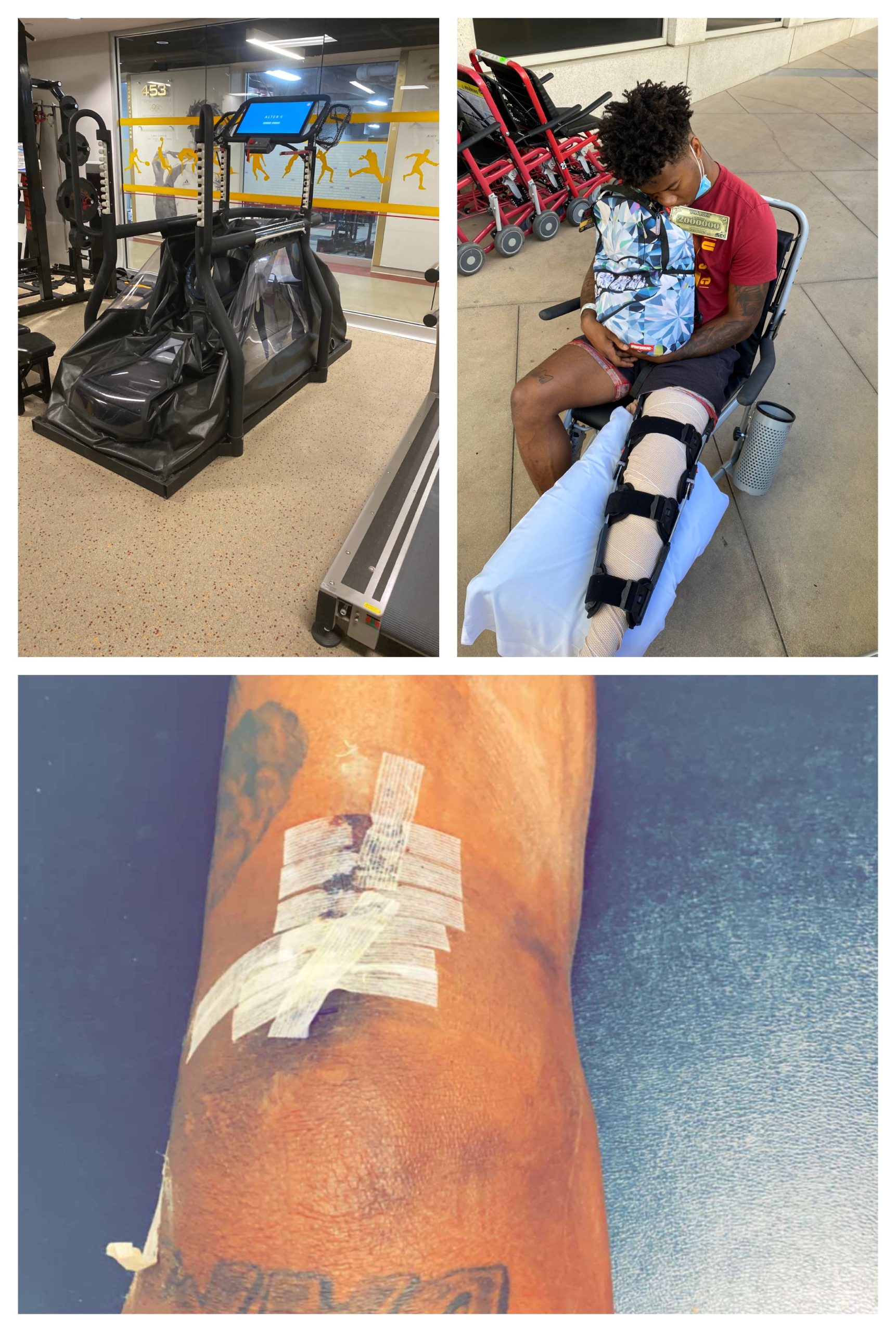Uncovering the ACL Injury
in Athletics
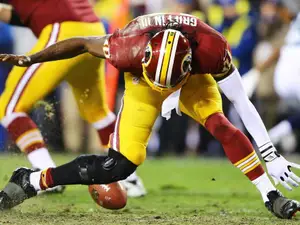
Robert Griffin III tears ACL and LCL in a 2013 playoff game vs the seahawks which forces Griffin to leave the game without return causing the Washington Redskins to be eliminated
The ACL and The ACL Tear

An ACL injury recovery process is usually around 9-12 months. You can partially or completely tear your ACL, a ligament that connects the thigh bone to the shinbone at the knee. ACL injuries are most common in football, basketball, and soccer. ACL recovery is a very long process that requires a lot of patience and time, and sadly statistics show that it’s common for athletes to not come back to sports after the year long recovery. ACL injury can be a tear or sprain in the ligament, the anterior cruciate ligament known as the ACL which usually happens within sudden stops, changes in direction, and jumping and landing. When injuring the ACL many people hear a pop or feel a popping sensation within the knee, the knee will begin to swell up, feel unstable and become painful to have weight on the leg. Depending on the injury the treatment may vary. Someone can go through a rehab process that helps regain strength and improve stability, but it’s more common for athletes to receive surgery and then go through a rehab process.
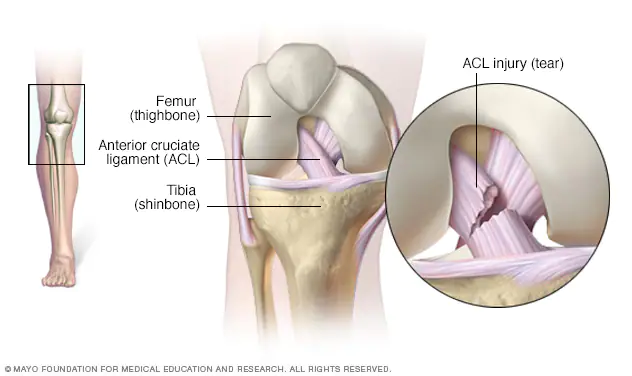
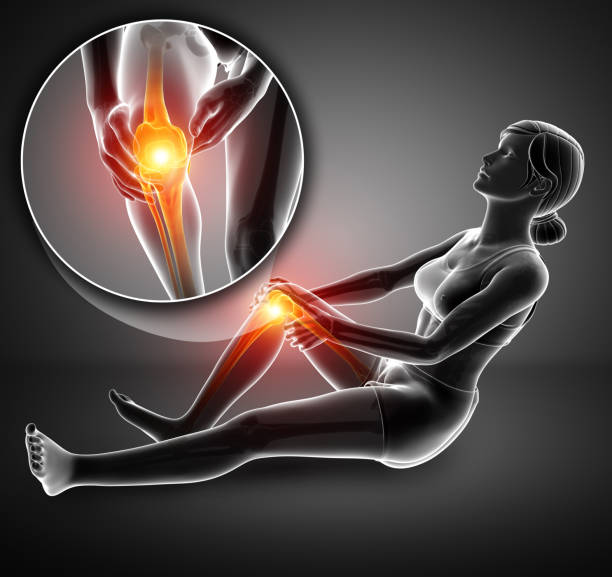

The Lachman test is a specific clinical exam technique used to evaluate patients with a ACL injury. The test relies on proper positioning and technique and is regarded as the most sensitive and specific test for diagnosing acute ACL injuries.
The Injury Report
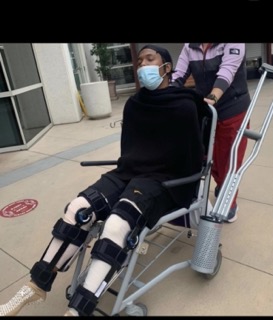
Williams a defensive back suffered a season-ending injury with the recovery process ranging from 9-12 months. After receiving X-Rays and MRIs Max was given the devastating news that he suffered a torn ACL, which will restrain Williams from participating in the rest of his final high school games. William’s mental state took a toll once this happened, he mentioned how difficult the first few weeks were because he’s never suffered anything that will prohibit him from playing the sport he loves for so long, before his ACL tear Max has never suffered a serious injury while playing football. In some cases different athletes who have gone through season-ending injuries such as tearing your ACL overcoming/overcame adversity.
I will be able to connect and explain from personal experience what that process feels like.I’ll also talk about how some athletes don’t come back from an ACL injury and go into depth on what challenges they could have mentally faced. Some athletes aren’t able to fully recover, once they’ve completely healed and start participating in their sport again their body doesn’t feel the same, some even second guess if they’re capable of doing what they used to do. It might sound weird hearing it but some people are the complete opposite after recovering from a ACL injury, some end up being faster and better agility wise when coming back from an ACL injury which is weird right.
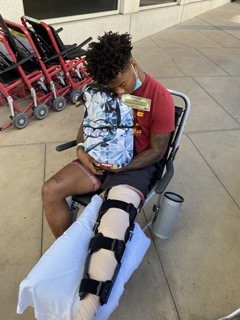
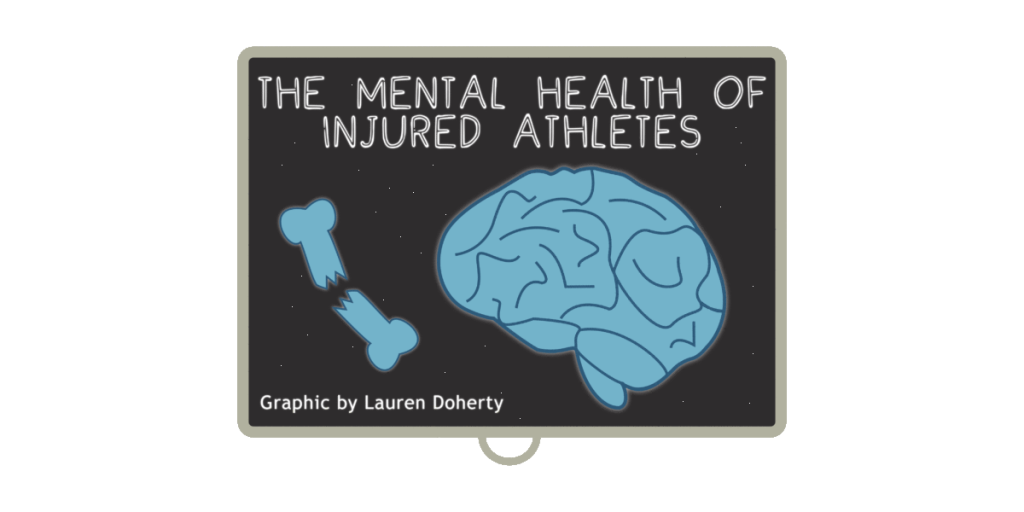
The ACL process takes a toll on your mental state of mind. Being injured is never an easy thing to cope with, especially when you have true love and passion for the sport you’re playing. Sitting out is never fun for anyone, once you sit and realize that you’ll be out for 9-12 months those deep and depressing thoughts begin to sink in. Usually when an athlete is injured it’s for a short amount of time, being limited throughout a few weeks or just able to push and work through the injury etc, once you tear your ACL and receive surgery it’s a whole different ball game. The process right after surgery is hard to explain because it’s basically learning how to ride a bike all over again, when you think and imagine how it was at first it’s like, Wow I can’t believe that was my reality, like being able to lift your leg a few inches off the ground or table was so hard and a huge task to complete.
The Recovery
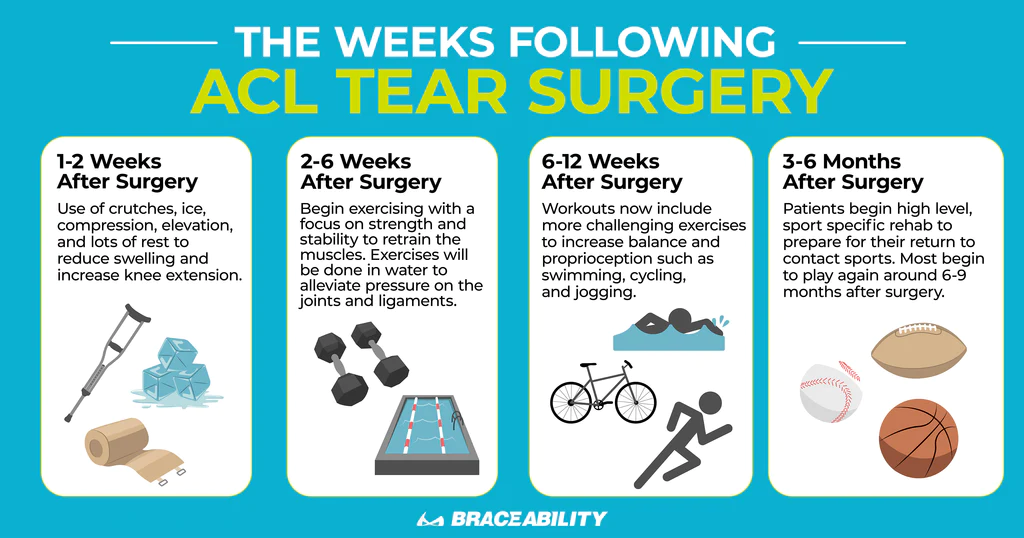
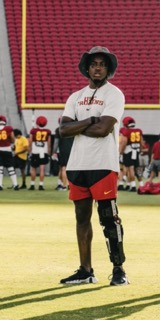
- ACL injuries occur in all sports, but are most frequent when playing football, basketball and soccer
- Female athletes are more likely to experience ACL injury than male athletes
- 50% of ACL Injuries are accompanied by damage to other ligaments or cartilage in the knee
- Surgery is generally recommended when dealing with a combination of injuries in the knee
- 70% of ACL injuries sustained occur during non-contact sports while 30% occur during contact sports
- 50% of athletes diagnosed with an ACL injury will develop osteoarthritis within 10 to 20 years of injury
- Preventative training done 2 to 3 times a week can reduce the risk of ACL injury
- Preventative training program exercises take 10 to 15 minutes to complete and include stretching, strength, training, jump training and improvements to balance and technique
- Studies show preventive training programs can reduce ACL and other traumatic knee injuries by 50%
